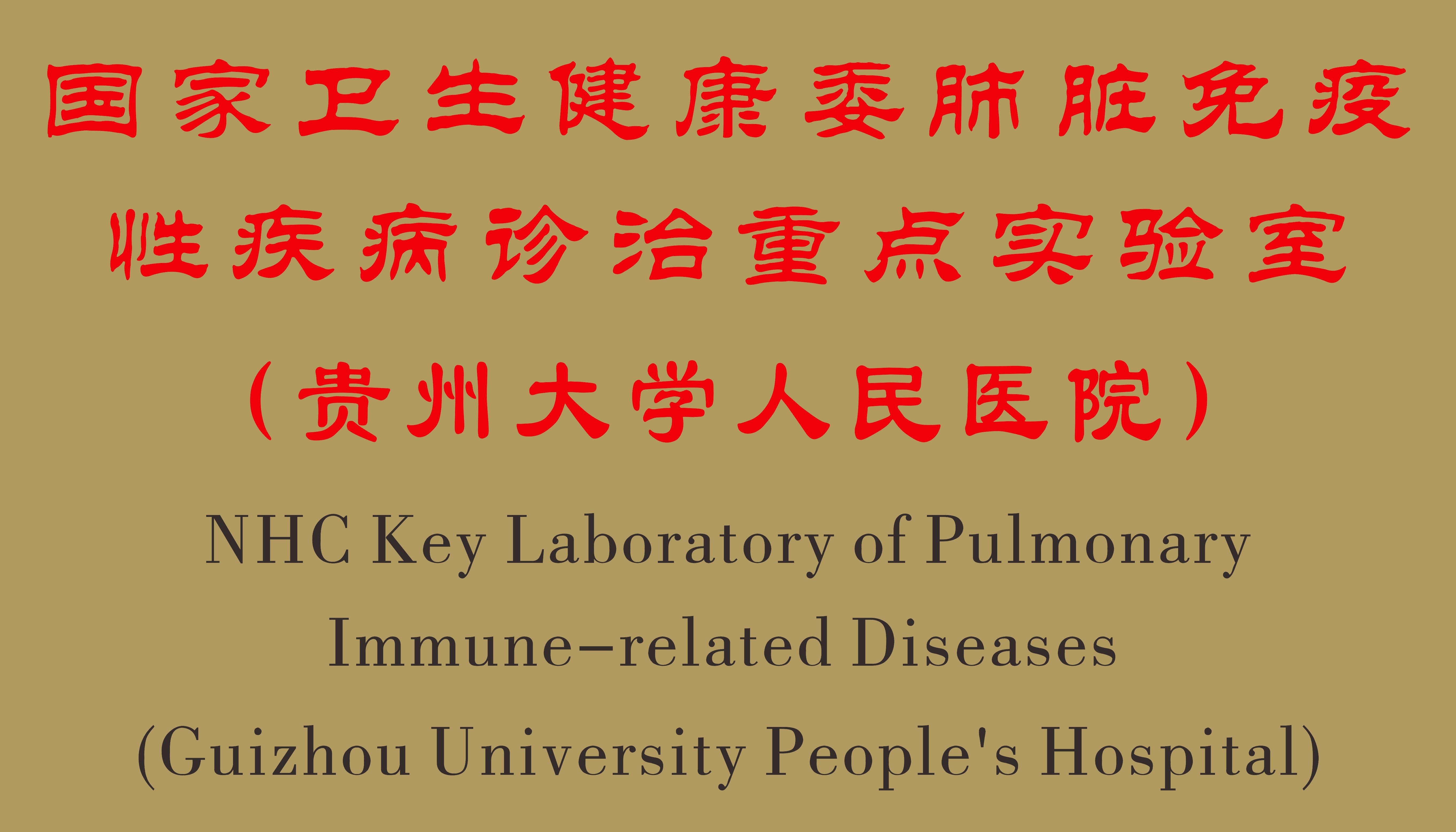BRCA1-regulated nuclear innate sensing of Herpesviral genome by IFI16 and IFI16’s acetylation is critical for its cytoplasmic trafficking and induction of innate responses
DOI: 10.14800/ics.1076
Abstract
Sensing of invading DNA virus genomes appear to be triggered by a number of host cell DNA sensors depending on their subcellular localization which stimulate innate anti-viral responses such as the activation of type-I interferons (IFNs) and/or inflammasomes resulting in the production of inflammatory IL-1? and IL-18 cytokines. With growing understanding of diverse identities whether these proteins function alone or with other host cell molecules and the post-translational modifications affecting their functions are under intense investigations. Nuclear resident IFI16 have been shown to sense the episomal DNA genomes of herpes viruses resulting in the induction of IFI16-inflammasome and/or interferon responses. Here, we highlight our recent finding regarding the role of cellular BRCA1, a transcription factor and DNA damage response protein, forming a distinct complex with IFI16 to regulate the nuclear innate sensing of herpes viral DNA and subsequent IFI16-ASC-procaspase-1 inflammasome complex formation and distribution to the cytoplasm leading into caspase-1 and IL-1? production. BRCA1 is also responsible for the cytoplasmic IFI16-STING signalosome activation and induction of IFN-? during de novo KSHV and HSV-1 infection. Our concurrent studies have also revealed that the histone acetyl transferase p300 mediated acetylation of nuclear IFI16 is a dynamic post-genome recognition event responsible for Ran dependent nuclear to cytoplasmic trafficking of IFI16 during herpesvirus infection. This post-translational modification is essential for IFI16-ASC interaction and inflammasome activation as well as for the association with STING in the cytoplasm resulting in IRF-3 phosphorylation, nuclear pIRF-3 localization and interferon-? production. Collectively, these comprehensive studies highlight that BRCA1 plays a hitherto unidentified immunomodulatory role to facilitate the anti-viral functions of IFI16 and acetylation of nuclear IFI16 is a necessary post-translational modification for innate responses during herpesvirus infection. These studies open up a new understanding of virus-host interplay, viral genome sensing and host innate anti-viral defense mechanisms.














